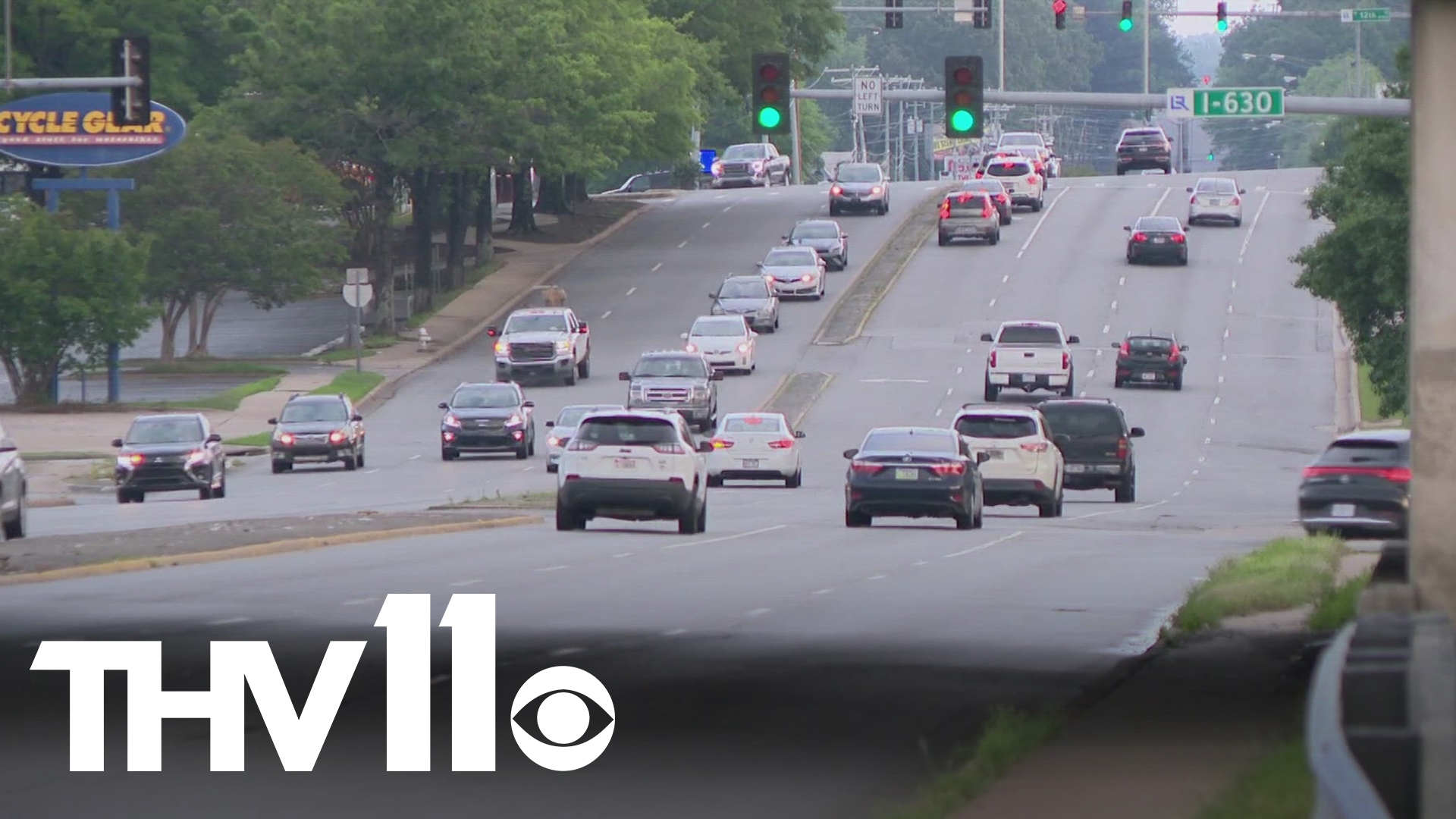LITTLE ROCK, Ark. — On Monday night, the City of Little Rock took new steps to make some of our busy roads, safer. However, reaching that goal starts with getting more federal dollars.
Between 2018 and 2022, Central Arkansas saw hundreds of fatal crashes, and thousands of those had serious injuries. Now the Little Rock city board is working to bring that number down to zero.
At Monday night's city board meeting— the board voted to adopt the Central Arkansas Regional Safety Action Plan, requesting grant funding from the federal government.
Director of Public Works John Honeywell has been the one overseeing the application.
"The city is planning on putting in an application that will address five different streets or corridors that were identified as part of our regional safety action plan that we did through the metro plan," Honeywell described.
That study looked at all reported crashes along some of Little Rock's busiest roads and gave them a score, with 100 being the most dangerous for travelers.
The study showed some of the most issues on Geyer Springs, South University, and John Barrow, which all scored above a 70.
Honeywell explained how the improvement focus will be on University Avenue, Chicot Road, Geyer Springs Road, John Barrow Road, and the intersection of 12th Street and Woodrow.
"This money would give us the opportunity to really improve those corridors. Make them much safer for all modes of traffic," He added.
The vote on Monday now moves the application process forward, with the city requesting $25 million in federal grants for safety improvements.
Honeywell said improvements will include: "lighting, it's signalization. It is bicycle and pedestrian infrastructure improvements. We'll also be including different ways to potentially orient those streets as far as the number of lanes."
Barring the federal application's approval, the city aims to start making improvements next year and to keep making them through 2050.
"Everybody's going to be impacted in how they can use these corridors to travel safer across our city," Honeywell said.
While drivers could start seeing changes as soon as next year, some of the longer-term goals like sidewalk buffers and bike paths could take a while longer.
Little Rock hopes to reduce crashes with serious injury or death by 40% over the next 15 years.

